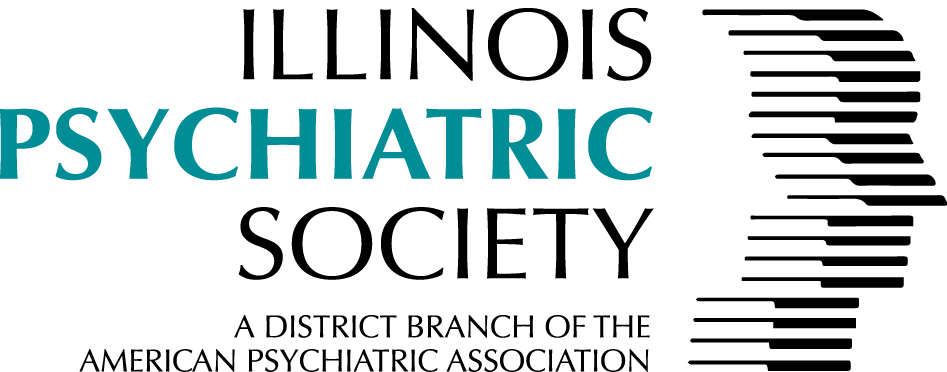Electronic Summer 2022 | Issue 51
How Psychiatry Residency Competitiveness Changed: A Look at the Data and Anecdotal Experiences
By: Luke Lammers
Chicago College of Osteopathic Medicine, 1st Year Medical Student
I do not think that it would surprise anyone to hear that the competitiveness of psychiatry residency programs has increased. But by how much, in what ways, and for which reasons? Is this change positive or negative for the profession of psychiatry? This article will include a discussion of the current residency data, as well as inclusions of the anecdotal experiences of a practicing psychiatrist, an incoming PGY-1, as well as my own perceptions and opinions: that of an incoming OMS-2 interested in Psychiatry.
According to the National Residency Matching Program (NRMP), in 2011, of the 698 US senior applicants, 640 successfully matched into a psychiatry residency. This corresponds to an acceptance rate of 91.7%. Comparing this with the acceptance rates of other specialties: Anesthesia (57.9%), EM (85.6%), Dermatology (15.4%), Neurology (42.3%), and Family Medicine (88.8%) – psychiatry was a relatively “easy” specialty to match into in 2011. Now let’s look at how these numbers have changed in the last 11 years. In 2022, 1,931 students applied for a psychiatry residency (1437 MD, 494 DO), and 1640 were accepted (1253 MD, 387 DO) – corresponding to an overall acceptance rate of 84.9% (87.2% MD, 78.3% DO)2. A decrease of almost 7%. Is this decrease in acceptance rate solely in psychiatry, or profession-wide? We’ll investigate using the data from the same specialties as in 2011: Anesthesia (66.0%), EM (92.2%), Dermatology (9.6%), Neurology (67.3%), and Family Medicine (90.6%). There was a similar increase in competitiveness for Dermatology, but a decrease in the rest of the specialties examined.
Since 2016, there was a 92% increase in US Senior applicants for Psychiatry - from 1,007 to 1,931. This rise in applicants has been accompanied by a modest increase in the available positions as well, with a 48% increase. Also, the rise in US senior applicants has been partially offset by a yearly decrease in the number of international graduates applying for psychiatry positions – who made up 10% of the PGY-1 class in 2016. However we look at it, though, it is becoming more difficult to match into psychiatry.
What are the reasons for this increase in psychiatry’s allure? Why are more students applying for psychiatry residency programs? One of the more obvious reasons may be the pay increase in the field. According to Medscape, in 2011 the average psychiatrist’s yearly salary was $175K – which has increased to $275K in the 10 years since then. Does this entirely explain the increase in competitiveness? I do not think so – especially as the rise in Family Medicine salary across the same timeframe showed a similar increase ($150K to $250K). There has also been a concomitant decrease in the stigma surrounding both providing and receiving mental health services. I spoke with a practicing psychiatrist, who graduated medical school more than 20 years ago. He said that there was a “dark stigma associated with psychiatry” while he was applying for residency. I also spoke with Dr. Ranieri, an incoming PGY-1. She reported that “there is still residual stigma surrounding psychiatry … but it is quickly changing.” I think that this decrease in stigma has fueled a new generation of openly passionate psychiatrists to-be, who have either seen someone helped or been helped personally by mental health treatment. Alongside this, as I have told my physician instructors about my plans to become a psychiatrist, I am met with “wow, we really need those!” and “props – I couldn’t do it!”, as opposed to the stigma our elders faced. Dr. Ranieri agreed with me and said that “the newer generations of physicians do not discriminate, they truly value psychiatrists for their role in the healthcare team.” This welcoming and supportive environment is, in my mind, one of the leading reasons for the increase in interest in psychiatry.
I also asked Dr. Ranieri to speak on whether she thought that psychiatry residency was “competitive.” She said that she believes it is – but not in the traditional sense of good grades and high boards scores. Instead, she felt that psychiatry residency was competitive regarding the non-tangible characteristics of a good psychiatrist. Characteristics like empathy, communication skills, logic, and devotion to the field.
So, what does this mean? To me, it means that psychiatry is a field that is beginning to be valued, as it should be. It is a specialty where we can help people longitudinally and in short-term circumstances. Inpatient or outpatient. Private or public practice. Academic or clinical medicine. It provides a wide variety of lifestyles, which has been accompanied by an increasing salary. However, I would agree with Dr. Ranieri that an applicant that is well-suited for psychiatry is not one with solely outstanding academic acumen, but one that has a deep and genuine passion for helping people afflicted with mental illness – and has shown that through their extracurricular experiences. Someone with the ability to deeply connect with their fellow humans. So, in conclusion…yes, psychiatry is becoming increasingly difficult to match into. In my opinion, though, this change will be a positive one for the field. I think that the increase in applications is profoundly driven by an increase in mental health awareness, and a growing collective passion amongst medical students to be a part of the solution. I profoundly respect those older than me that chose to pursue this field in spite of the discrimination that they may have faced, and sincerely hope that removing this barrier will create a new generation of psychiatrists who can focus on treating disease as opposed to stigma.

